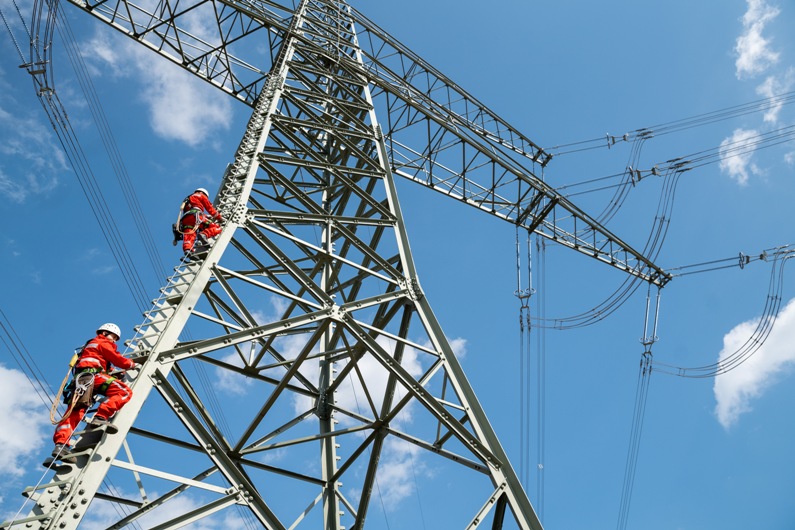The Union power ministry very recently proposed that 33kV grid infrastructure should be moved from state discoms to state transcos. Such infrastructure, referred to as “sub-transmission” has so far always come under the purview of discoms.
The power ministry has further said that those state trannsos that might find it difficult to manage this enhanced infrastructure can form joint ventures with Power Grid Corporation of India Ltd (PGCIL).
Moving 33kV infrastructure to discoms is by itself a useful move as it disburdens state discoms—many of which are financially-challenged—of a portion of their assets. This would, in principle, make available more resources—technical, financial and managerial—for deployment on a now-reduced asset base.
Speaking of the JV aspect, state transcos must show no hesitation in forming JVs with PGCIL. This is particularly true to those transcos that belong to backward states. Generally speaking, state transcos are in relatively better financial health than discoms. However, this does not make them financially and technically sound, in the absolute sense.
It may be recalled that several years ago, PGCIL decided to form similar JVs with Bihar and Odisha, with a view to ramping up transmission infrastructure. The JV with Bihar was formed and is currently under active operation. The JV with Odisha did not take off.
PGCIL has immense expertise in the field of transmission and its involvement with state utilities can have only positive implications. Electricity is a long value-chain and every link is critical. While much capacity is being added through interstate and interregional lines, it is important that intrastate grids are continually expanded and modernized.
Over the past decade, PGCIL has also undergone a major “personality” shift. It has been divested of legacy responsibilities like grid management. The operations relating to its role as “Central Transmission Utility (CTU)” have been hived off into a separate company. It no longer works under the “nomination” culture and has to earn its projects by bidding alongside other transmission developers, under the largely-mandatory TBCB (tariff-based competitive bidding) mechanism. It has successfully deployed world-class technologies in the creation, operation, management and maintenance of its ever-growing asset base. It has created an investment infrastructure trust (InvIT) to which operational assets will be transferred. This will lead to recycling of assets, whilst making available more financial resources for new asset creation.
More importantly, PGCIL had itself offered to engage with state power T&D utilities to support grid enhancement and last-mile power distribution activities such as smart metering.
Also read: The changing complexion of Power Grid Corporation of India
It must be remembered that electricity, though a concurrent subject, should largely be the responsibility of state governments. Backward states cannot keep expecting Central assistance, without putting in their own effort. If the option of forming JVs with PGCIL is available, it much be exercised. This is in the ultimate interest of the consumer.
(The author of this article, Venugopal Pillai, is Editor, T&D India, and may be reached on venugopal.pillai@tndindia.com. Views expressed here are personal.)

